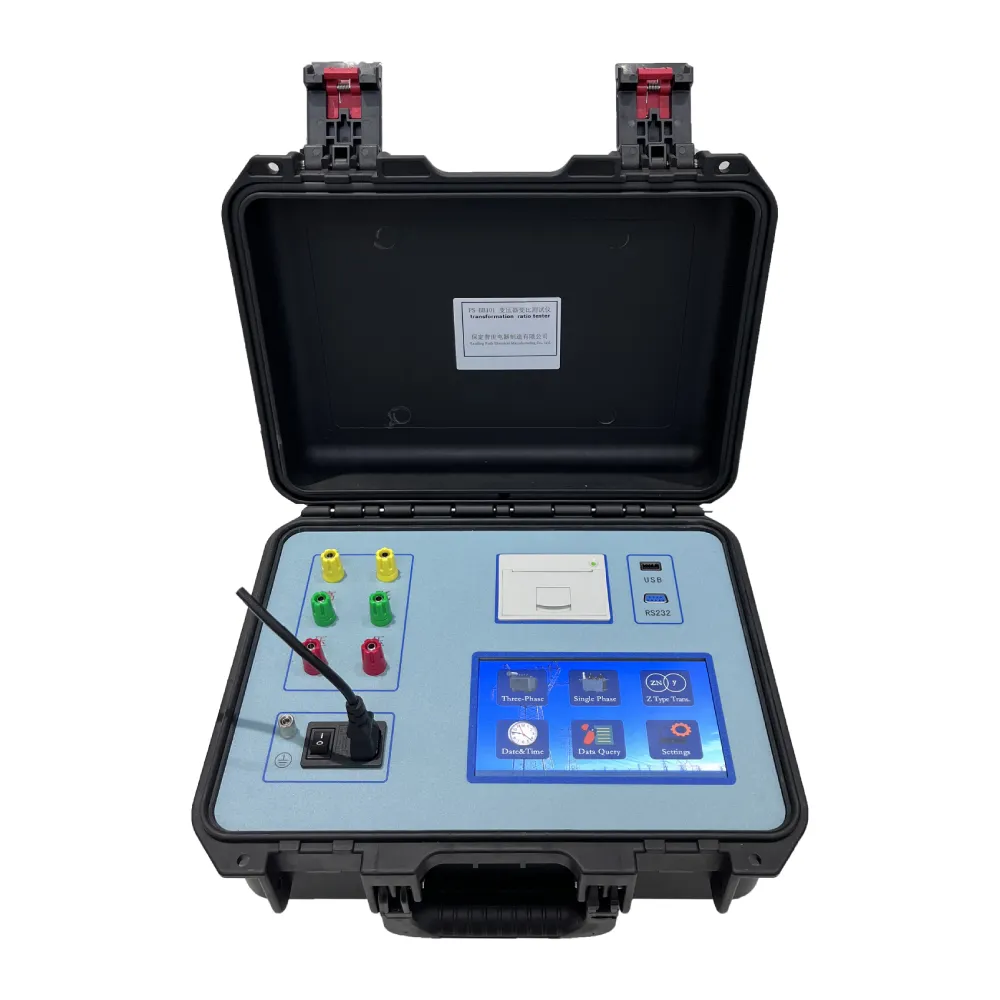 English
English



-
 Afrikaans
Afrikaans -
 Albanian
Albanian -
 Amharic
Amharic -
 Arabic
Arabic -
 Armenian
Armenian -
 Azerbaijani
Azerbaijani -
 Basque
Basque -
 Belarusian
Belarusian -
 Bengali
Bengali -
 Bosnian
Bosnian -
 Bulgarian
Bulgarian -
 Catalan
Catalan -
 Cebuano
Cebuano -
 China
China -
 China (Taiwan)
China (Taiwan) -
 Corsican
Corsican -
 Croatian
Croatian -
 Czech
Czech -
 Danish
Danish -
 Dutch
Dutch -
 English
English -
 Esperanto
Esperanto -
 Estonian
Estonian -
 Finnish
Finnish -
 French
French -
 Frisian
Frisian -
 Galician
Galician -
 Georgian
Georgian -
 German
German -
 Greek
Greek -
 Gujarati
Gujarati -
 Haitian Creole
Haitian Creole -
 hausa
hausa -
 hawaiian
hawaiian -
 Hebrew
Hebrew -
 Hindi
Hindi -
 Miao
Miao -
 Hungarian
Hungarian -
 Icelandic
Icelandic -
 igbo
igbo -
 Indonesian
Indonesian -
 irish
irish -
 Italian
Italian -
 Japanese
Japanese -
 Javanese
Javanese -
 Kannada
Kannada -
 kazakh
kazakh -
 Khmer
Khmer -
 Rwandese
Rwandese -
 Korean
Korean -
 Kurdish
Kurdish -
 Kyrgyz
Kyrgyz -
 Lao
Lao -
 Latin
Latin -
 Latvian
Latvian -
 Lithuanian
Lithuanian -
 Luxembourgish
Luxembourgish -
 Macedonian
Macedonian -
 Malgashi
Malgashi -
 Malay
Malay -
 Malayalam
Malayalam -
 Maltese
Maltese -
 Maori
Maori -
 Marathi
Marathi -
 Mongolian
Mongolian -
 Myanmar
Myanmar -
 Nepali
Nepali -
 Norwegian
Norwegian -
 Norwegian
Norwegian -
 Occitan
Occitan -
 Pashto
Pashto -
 Persian
Persian -
 Polish
Polish -
 Portuguese
Portuguese -
 Punjabi
Punjabi -
 Romanian
Romanian -
 Russian
Russian -
 Samoan
Samoan -
 Scottish Gaelic
Scottish Gaelic -
 Serbian
Serbian -
 Sesotho
Sesotho -
 Shona
Shona -
 Sindhi
Sindhi -
 Sinhala
Sinhala -
 Slovak
Slovak -
 Slovenian
Slovenian -
 Somali
Somali -
 Spanish
Spanish -
 Sundanese
Sundanese -
 Swahili
Swahili -
 Swedish
Swedish -
 Tagalog
Tagalog -
 Tajik
Tajik -
 Tamil
Tamil -
 Tatar
Tatar -
 Telugu
Telugu -
 Thai
Thai -
 Turkish
Turkish -
 Turkmen
Turkmen -
 Ukrainian
Ukrainian -
 Urdu
Urdu -
 Uighur
Uighur -
 Uzbek
Uzbek -
 Vietnamese
Vietnamese -
 Welsh
Welsh -
 Bantu
Bantu -
 Yiddish
Yiddish -
 Yoruba
Yoruba -
 Zulu
Zulu
winding resistance tester
Understanding Winding Resistance Testers Importance and Applications
Winding resistance testers are essential devices used in the electrical and engineering fields to measure the resistance of the windings in electrical machines such as transformers, motors, and generators. Understanding the significance of these testers is critical for ensuring the efficiency and reliability of electrical equipment.
What is Winding Resistance?
Winding resistance refers to the resistance encountered by electrical current while passing through the winding coils of an electrical machine. This resistance can affect the performance of the machine, lead to energy losses, and influence the heat generation during operation. High winding resistance may indicate problems such as loose connections, damaged windings, or aging insulation. Therefore, regular assessment is necessary to maintain operational efficiency and prevent catastrophic failures.
The Role of Winding Resistance Testers
Winding resistance testers are specifically designed to measure the direct current (DC) resistance of windings accurately. These testers apply a low-voltage current to the windings and measure the resulting voltage drop, which is used to calculate the winding resistance according to Ohm's law. The devices come equipped with advanced features, including digital displays, data logging capabilities, and built-in safety measures to protect both the operator and the machine being tested.
Importance of Testing
The primary objective of utilizing winding resistance testers is to ensure the reliability and longevity of electrical machines. Regular testing helps in
1. Preventive Maintenance By identifying potential issues before they escalate, such as short circuits or thermal overloads, winding resistance testing allows for timely repairs and maintenance, ultimately extending the life of the machine.
winding resistance tester

2. Performance Optimization Understanding the winding resistance enables engineers to optimize the machine’s performance. It allows for adjustments in operational protocols to ensure maximum efficiency, thereby reducing energy consumption.
3. Safety Assurance Anomalies in winding resistance can lead to hazardous situations, including overheating and electrical fires. Regular testing mitigates these risks, ensuring both operator safety and equipment protection.
4. Compliance and Standards Many industries have strict regulations regarding equipment maintenance and safety evaluations. Winding resistance tests help companies comply with these standards, thus avoiding legal complications and promoting industry best practices.
Applications in Various Industries
Winding resistance testers are widely used in multiple sectors, including
- Power Generation In power plants, transformers are critical for stepping up or down voltage. Their windings require regular testing to ensure they function safely and effectively. - Manufacturing In manufacturing, electric motors are extensively used. Testing their windings helps keep production lines operating smoothly and prevents unexpected downtimes. - Transportation Electric and hybrid vehicles rely on efficient motors. Monitoring winding resistance ensures that these vehicles perform optimally and consume energy efficiently. - Renewable Energy Wind turbines utilize large generators with winding systems; regular testing is vital for ensuring these systems operate efficiently and remain reliable over time.
Conclusion
In conclusion, winding resistance testers play a critical role in diagnosing the health of electrical machines, ensuring performance optimization, maintaining safety standards, and complying with industry regulations. With advancements in technology, these testers are becoming more efficient, accurate, and user-friendly, further emphasizing the importance of their application across various industries. For anyone in the field of electrical engineering or maintenance, understanding and utilizing winding resistance testers is vital in promoting the longevity and reliability of electrical equipment.
-
Ensuring SF₆ Gas Safety: Introducing PUSH’s Integrated SF₆ Analyzer for Dew Point, Purity, and Decomposition MonitoringNewsJul.10,2025
-
Exploring the Main Types of Industrial Endoscopes and Their Applications Across IndustriesNewsJul.04,2025
-
Testing Equipment Industry Sees Major Advancements in 2025: Smart & Precision Technologies Lead the WayNewsJun.06,2025
-
Applications of Direct Current Generators in Renewable Energy SystemsNewsJun.05,2025
-
Hipot Tester Calibration and Accuracy GuidelinesNewsJun.05,2025
-
Digital Circuit Breaker Analyzer Features and BenefitsNewsJun.05,2025



